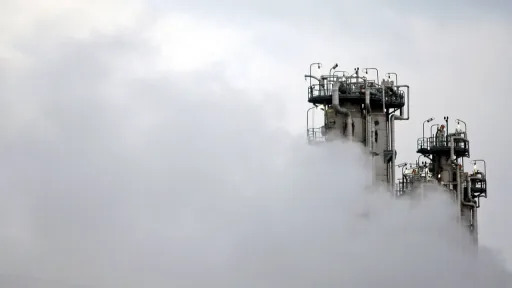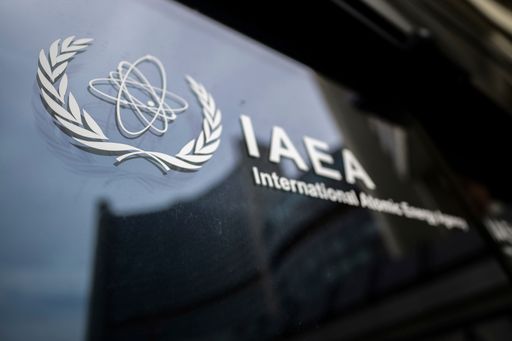The relationship between Iran and the International Atomic Energy Agency (IAEA) has been characterised by a complex and often contentious history, marked by periods of cooperation, suspicion, and geopolitical tension.
Below is a detailed timeline highlighting key events in this relationship:
1958–1979: Early engagement and cooperation
1958: Iran became a member of the International Atomic Energy Agency (IAEA).
1968: Iran signed the Nuclear Non-Proliferation Treaty (NPT) and ratified it two years later.
1974: The Atomic Energy Organization of Iran (AEOI) was established, and Tehran signed a $1.2 billion deal with the France-based Eurodif consortium to enrich uranium on French soil.
1979: The Revolution led to the cessation of nuclear cooperation with the West, and Iran's nuclear ambitions became more opaque.
2002–2005: Revelation and international scrutiny
2002: Iran's secret nuclear facilities at Natanz and Arak were revealed, raising suspicions about Tehran’s nuclear intentions.
2003: The IAEA reported that Iran was working to develop a more advanced nuclear programme, including uranium enrichment and plutonium reprocessing capabilities.
2005: The IAEA adopted a resolution finding Iran in noncompliance with its safeguards agreement, leading to the referral of Iran's nuclear file to the United Nations Security Council (UNSC).
2006–2015: Sanctions, negotiations, and the Joint Comprehensive Plan of Action (JCPOA)
2006–2010: The UN Security Council imposed multiple rounds of sanctions on Iran due to its nuclear activities.
2013: Iran and the IAEA began implementing a Framework for Cooperation to address outstanding issues related to Iran's nuclear programme.
2015: Iran and some world powers reached the Joint Comprehensive Plan of Action (JCPOA), under which Iran agreed to limit its nuclear programme in exchange for sanctions relief. The IAEA was tasked with monitoring Iran's compliance with the agreement.

2018–2025: US withdrawal, escalation, and recent developments
2018: The United States, under President Donald Trump, unilaterally withdrew from the JCPOA, leading to the re-imposition of US sanctions on Iran.
2019–2021: Iran began scaling back its commitments under the JCPOA, increased uranium enrichment levels and reduced IAEA access to certain sites.
2025:
June 12: The IAEA Board formally declared Iran in non-compliance with its safeguards agreement due to undeclared nuclear material at multiple sites.
June 13: Surprise Israeli military strikes targeted Iran's uranium enrichment facilities, causing significant damage.
June 21: US air strikes severely damaged Iran’s nuclear facilities, escalating regional tensions.
June 25: IAEA Director General Rafael Grossi emphasised the importance of returning to Iranian sites to assess the damage and verify Iran's uranium stockpile.
June 25: Iran’s parliament voted overwhelmingly to suspend cooperation with the IAEA in response to the airstrikes and the agency’s actions.
June 27: Iran rejected Grossi's request to visit nuclear facilities bombed by Israel and the United States. Iranian Foreign Minister Abbas Araghchi characterised the request as "meaningless and possibly even malign in intent," asserting that Grossi's insistence on visiting the bombed sites under the pretext of safeguards was unacceptable.
June 29: Iran’s hardliner Kayhan newspaper claimed that Grossi was an Israeli spy and called for him to be executed.
June 29: Iran’s ambassador to the UN said that Tehran poses no threat to the head of the IAEA or its inspectors. Tehran, however, refused to guarantee the safety of the inspectors, citing the attacks on nuclear sites.
June 30: European powers condemned threats against the IAEA Director General.
July 2: Iranian President officially enacted the law suspending cooperation with the IAEA, marking a major setback for nuclear inspections.




















